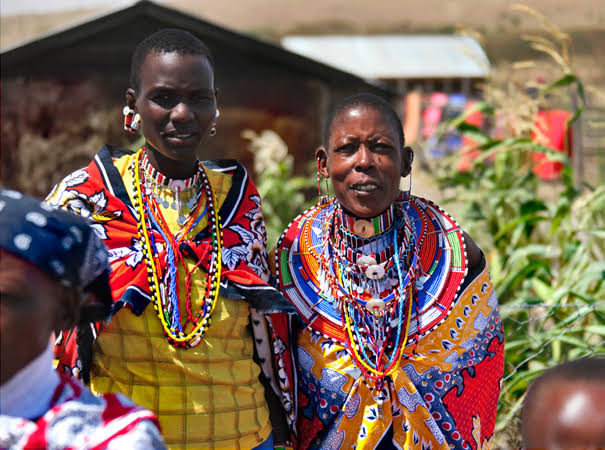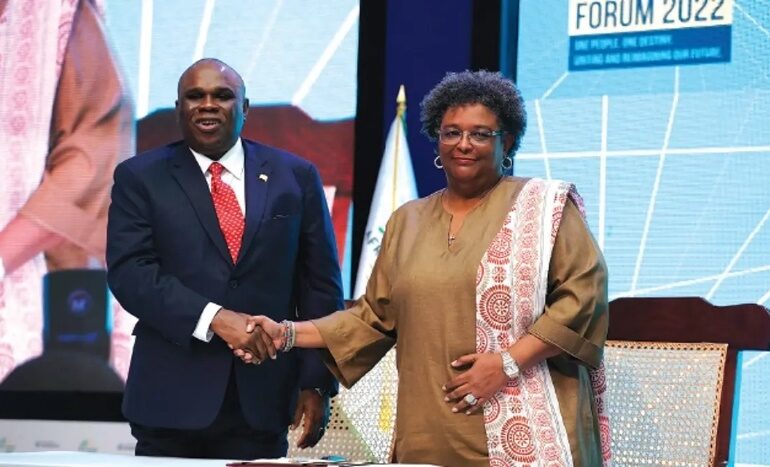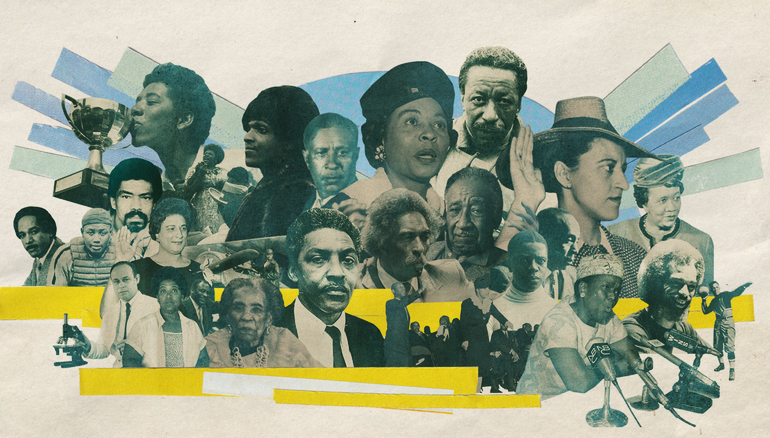
Faith Nyasuguta
African beads are mostly a symbol and celebration of womanhood, sexuality, femininity, fertility, healing, spirituality, body shaping, first menses, protection, seduction, and wealth, amongst other things.
The Maasai beadwork embodies the Maasai culture, representing beauty, tradition, strength, and sometimes even social status.
Maasais hail from East Africa, both Kenya and Tanzania and their coveted beadwork is currently sold globally.
Here is all you need to know about these beautiful pieces of art:
THE BEADED ORNAMENTS REPRESENT MAASAI CULTURAL VALUES AND TRADITIONS

The practice is done specifically by women, and it’s considered their duty to learn beadwork. These products are for both men and women, and they’re used in cultural practices such as weddings, rituals, and community events.
MAASAI BEADWORK HAS BEEN IN EXISTENCE FOR HUNDREDS OF YEARS.
The tradition of Maasai beadwork dates back hundreds of years. It became significant and known to the rest of the world in the 19th century after trade with other tribes.
BEADS WEREN’T THE ORIGINAL MATERIAL USED.
Initially, Maasai women used dried grass, sticks, clay, seeds, and shells as materials to make the traditional ornaments. Over time, they began using attractive beads made of plastic and glass that they obtained from other communities through trade.
MAASAI BEADWORK IS WORN ACCORDING TO THE AGE AND SOCIAL STATUS OF AN INDIVIDUAL.
Unmarried females wear large flat beaded discs around their neck when dancing as a sign of grace and flexibility. A woman getting married wears a very elaborate and heavily beaded neck piece on her wedding day, and once married, she wears a long necklace with blue beads. Those of a higher social status wear more colorful beads.

DIFFERENT COLOURS HOLD SPECIAL MEANING
There are a number of different colours used in Maasai beadwork, and each one holds a special meaning: red signifies blood, bravery, and unity. White represents health, peace, and purity. Blue is the color of the sky and represents energy, and green is the color of grass, which signifies the land and production.
Black represents the people and the struggle they must endure. Yellow symbolizes the sun, fertility, and growth, and orange represents warmth, generosity, and friendship.
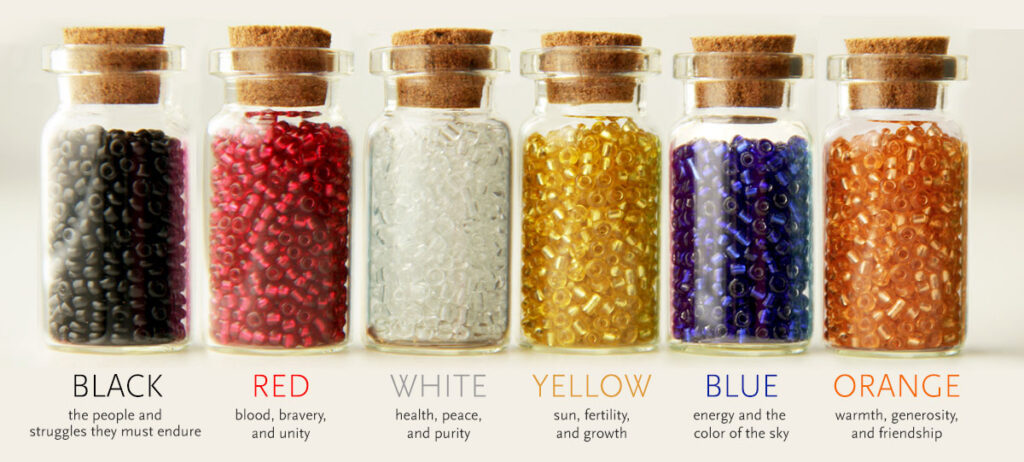
WHY IS THE BEADWORK SO SPECIAL?
First, Maasai ornaments are handmade from scratch by real humans. This ensures the quality of the final product.
Secondly, Maasai beadwork is made from tough materials such as cowhides, tough manila strings, and beads. All these raw materials are also water-resistant. This enhances the durability of Maasai beadwork. You can literally have a Maasai beaded necklace for years and years and it will still look like you bought it last week.
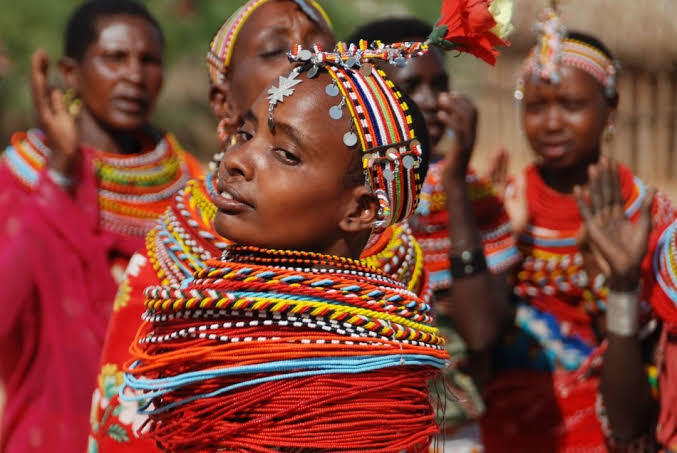
Thirdly, Maasai beadwork has unique designs, unique color patterns, and even silver plates that further enhance their beauty.
The Maasai beadwork also allows room for flexibility and customization. You can have a custom necklace with your name on it, your country flag on it… anything you can imagine!
MAASAI BEADED JEWELLERY EVOLUTION
Originally, Maasai beadwork was only common with the Maasai people. However, things have changed. They are now worn almost globally. They are now sold in almost every part of the world.
For these other parts of the world, Maasai beaded necklaces are about beauty and elegance. No much meaning is attached to them except just for beauty.
